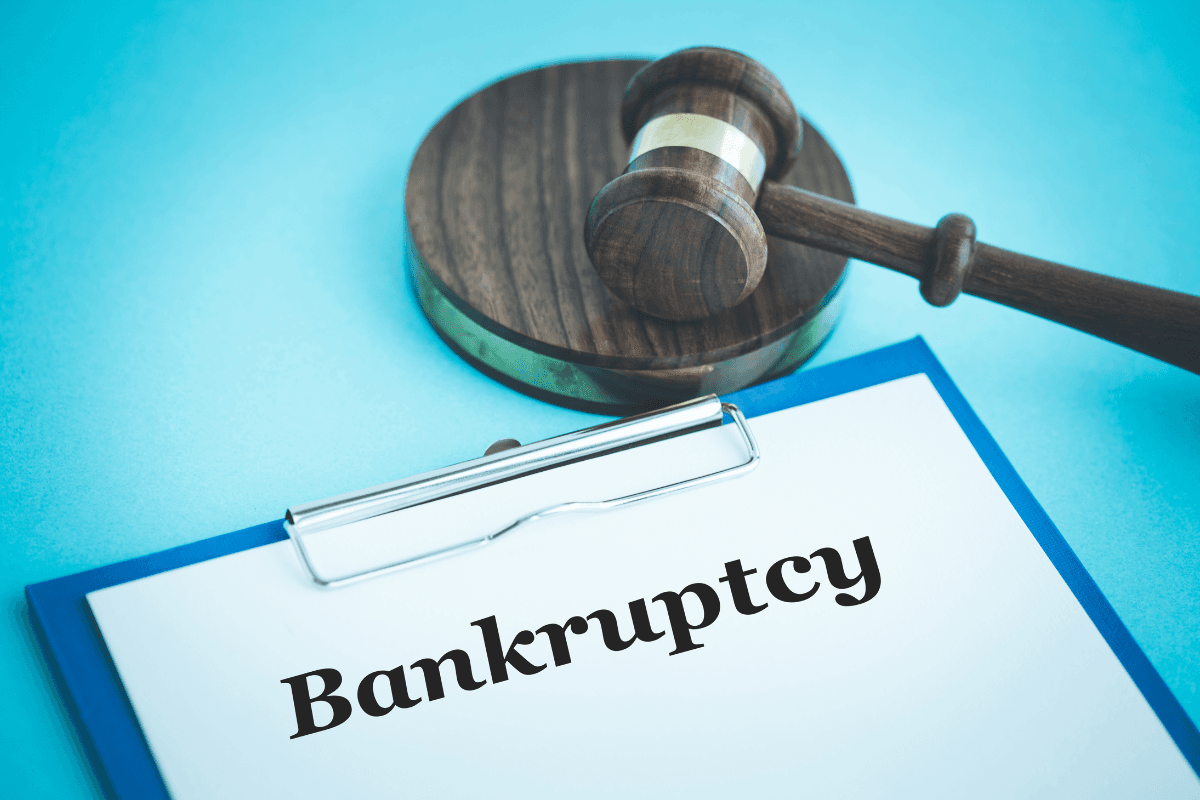How to Declare Bankruptcy and Keep Your Car in Canada?
By Yuri Sychov | Published on 11 Sep 2023

Filing for bankruptcy is a tough and stressful decision to make, but it may be the only way for you to get rid of a difficult financial situation, especially if alternatives to bankruptcy are not an option for you. If this scenario applies to your current financial situation in Canada and you are wondering whether or not you can declare bankruptcy and keep your car — here’s some good news: Yes! You CAN retain ownership of your vehicle. However, certain criteria must be met.
In this article, we will explore all the scenarios in which you can keep your car during bankruptcy in Canada, the legal implications, and some key considerations to bear in mind. So, let’s dive in.
Declaring Bankruptcy and Keeping Your Leased or Financed Vehicles
If you’re leasing or financing a vehicle, you can keep your car if you continue making payments. Failure to do so could result in the lender repossessing it. It’s worth noting that if your loan is secured (e.g., car loan), even declaring bankruptcy won’t free you from legal obligations — the creditor can seize collateral such as cars upon defaulting on repayments.
You should understand that in certain scenarios, keeping your leased or financed car is not a good option for you, as it will cause excessive financial pressure and make it more difficult to get out of the debt abyss. So, here are 2 scenarios illustrating when it is better to keep a car and when it is better to sell or surrender it.
Scenario 1: The Wise Choice to Keep Your Car
You’ve been financing your car for 5 years and have only 12 months of payments left on your 5-year loan term. Your monthly car payment is $300, and you can afford to pay it while declaring bankruptcy. Plus, the car is in excellent condition, fulfilling all transportation needs. In this scenario, keeping your car while declaring bankruptcy would be a smart decision. Plus, you can slightly improve your credit score by paying your car loan during and after bankruptcy. By having a higher credit score after bankruptcy, you will be able to receive more attractive loan offers with lower interest rates and get an unsecured credit card instead of a secured debit credit card.
Scenario 2: The Cases for Surrendering Your Car
Let’s assume that, for some reason, your car has depreciated in value too fast, and by selling your car with a loan on it, you won’t be able to pay off your loan. Or, if you have just recently started financing or leasing your car and have most of the loan amount or lease term ahead of you, or if your interest rates are rather high, you should probably consider surrendering your car, as it can reduce your monthly financial burden. Remember to surrender the car BEFORE declaring bankruptcy, as most of your unsecured debts, including the remaining car debt, will be eliminated, and you won’t need to pay for it.
Exemptions for Vehicles in Canada
Depending on where you live in Canada, certain exemptions related to bankruptcy may determine what assets an individual can keep after filing for it. When it comes to cars, the exemption threshold often has a set value limit. Knowing this limit will help you to answer the question, “How to declare bankruptcy and keep your car?”. Because if your car’s market value is lower than this threshold, you’re fortunate enough to retain ownership.
Your bankruptcy trustee typically assesses your vehicle’s value. Remember, this exemption applies to only one vehicle, so if you have more than 1 car, your trustee will “liquidate” these nonexempt cars.
So, what are the exemption thresholds in each province? We’ve compiled a table for you so you can get a quick glance at the exemption limits for vehicles across different provinces in Canada as of September 2023. Make sure to check the primary sources, as exemption limits tend to change.
| Province | Exemption Limit | Legal Source |
| Ontario | $7,117 | O. Reg. 657/05: EXEMPTIONS Sec. 1. (1) 3. |
| Quebec | One vehicle required for work is exempt | C-25.01 – Code de procédure civile Sec. 695 |
| Nova Scotia | $3,000, or $6,500 if vehicle is required for work | Judicature Act Sec. 45. (1) (f) |
| New Brunswick | $6,500 if a vehicle is required for work or other necessary activities | Personal Property Security Act, SNB 1993, c P-7.1 Sec. 58(3) (b) |
| Manitoba | $3,000 if a vehicle is required for work or other necessary activities | The Executions Act, CCSM c E160 Sec. 23(1) (f) |
| British Columbia | $5,000 | Court Order Enforcement Exemption Regulation Sec. 2 (b) |
| Prince Edward Island | $3,000 | Judgment and Execution Act Sec. 24 (a.1) |
| Saskatchewan | $10,000 | Enforcement of Money Judgments Regulations, E-9.22 Reg 1 Sec. 23 (3) |
| Alberta | $5,000 | Civil Enforcement Regulation Sec. 37(1) (c) |
| Newfoundland and Labrador | $2,000 | NLR 102/99 – Judgment Enforcement Regulations Sec. 48 (1) (c) |
How to Keep My Car If Its Value Exceeds The Exemption Limit?
If the value of your car is more than what can be exempted, you may have the opportunity to purchase back any nonexempt equity by paying your trustee. For example, let’s assume you live in Ontario, and your vehicle is worth $10,000, as assessed by your bankruptcy trustee.
An exemption limit is set at $7117, so you’d need to pay the remaining ($10,000-$7117 = $2883) to keep it. Fortunately, this amount isn’t necessarily required upfront. Your trustee will offer payment plans which make it easier for you to repay this amount over time, thus alleviating the immediate financial pressure.
What to Do if You Have More Than One Car?
Formulating a plan is critical when you have multiple vehicles and are facing bankruptcy. As we discussed before, the exemption normally only applies to one vehicle. This means that if your total car value exceeds provincial limits, your trustee can sell off any cars that aren’t exempt in order to settle debts with creditors.
In this case, considering a consumer proposal could be your best option. It’s an official agreement administered by Licensed Insolvency Trustees (LIT) that lets you negotiate with creditors to either reduce the amount owed, extend payment periods, or sometimes both. The payments are made through the LIT, and once everything has been paid off, as per the terms of your proposal, those debts will no longer weigh on your shoulders.
A major perk of a consumer proposal over bankruptcy is that it allows you to maintain your assets, meaning even the most valuable cars won’t have to be sold. While both can damage your credit score, filing for a consumer proposal may help show creditors that you’re taking steps towards managing debt and might result in less severe consequences on your rating.
